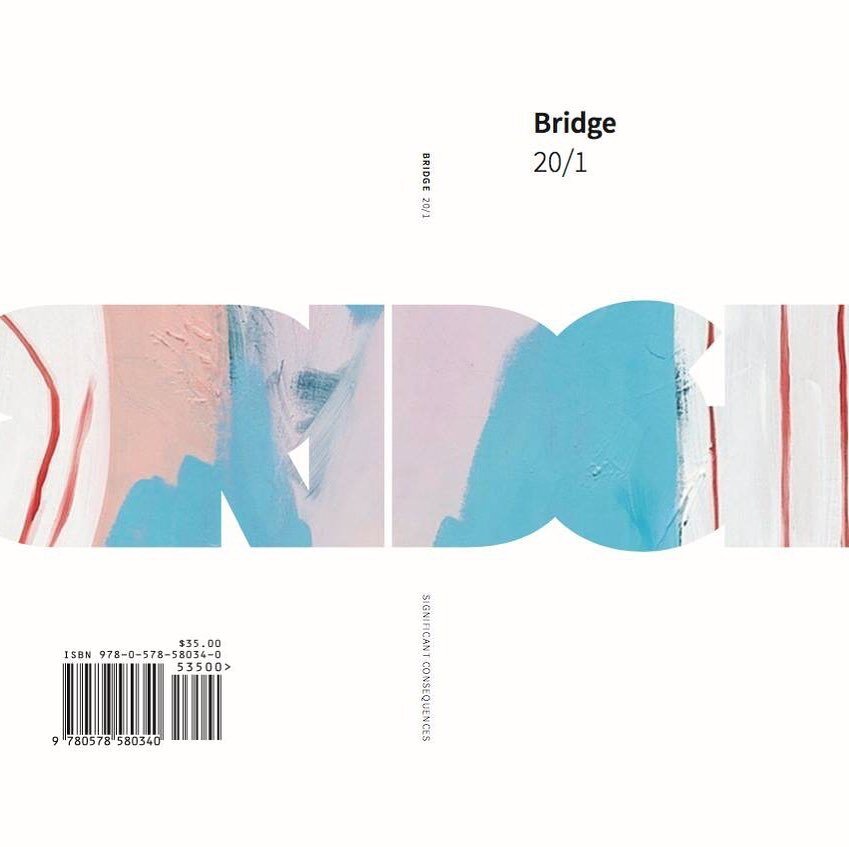LECTURE: On Making; Methods and Techniques for the Production of Artist’s Publications in Historical Context
LECTURE: On Making; Methods and Techniques for the Production of Artist’s Publications in Historical Context
“FROM PAN TO BRIDGE”
THE RICHARD H. DRIEHAUS MUSEUM
WED, NOV. 10, 6PM
Save the date for the second lecture in a series at The Richard H. Driehaus Museum: Bridge Journal Editor-in-Chief Michael Workman will be joined by Deborah Maris Lader, Founder and Director of the Chicago Printmakers Collaborative, to discuss the print techniques of this more than a century-long history of artist’s publications. Using the Driehaus Museum exhibition, PAN: Prints of Avant-Garde Europe 1895-1900 and William H. Bradley and The Chap-Book from the Collection of Richard H. Driehaus, as a starting point, Workman and Lader will take us through decades of techniological innovations in printmaking and how artists in the avant-garde tradition of artist’s publications used them to help invent and expand modern and contemporary art, and beyond.
This lecture will serve to provide a practicum to accompany Workman’s Sept. 2021 lecture Avant-Garde Publications in Perspective on the history of avant-garde magazines, manifestos and other publications, and delve into both the how and why artists who produced them employed the variety of ancient and modern techniques that they did. Picking up where our previous lecture in this series leaves off, we will discuss how the Bridge Journal, formed from a collective of contemporary artists in Chicago, has its roots in the printing techniques and artistic lineages of previous avant-garde publications that sought to resist the encroaching demands of commerce, which has often historically sought to subordinate artwork to utilitarian interests.
We will further identify the Bridge Journals as emerging specifically out of a number of artistic foundations, notably the Die Brücke (The Bridge) artists movement that emerged at the beginning of the 20th century. In addition to questions of artistic autonomy, central to these movements was consistently an intention to bridge the gap between ancient and modern, to demonstrate the ways in which the work of artists in history selected media best suited to their artistic intentions. One widely cited accomplishment of the Die Brücke movement, of course, was the revival of the woodcut, a technique that the collective not only revived but famously used in the printing of their own manifesto by Ernst Ludwig Kirhner. Later, using the relatively newly-developed material linoleum, which was much easier to carve into with blades than wood, they invented the printmaking process of the linocut.
At the lecture, Maris Lader will present a demonstration on one of these historic techniques (either of woodcut, etching, lithography, etc.) that were employed by these artists in the production of their periodicals, and further illuminate the historical context, developments and provide an in-depth discussion about how these techniques have branched off or been displaced by other processes over time.
After the demonstration, we will take more recently developed techniques into art historical account, and consider the invention and cultural consequences of screen printing (in 1911), dot matrix printing (1925), Xerography (1938), inkjet and laser printing (1950 and 1968, respectively), and how artists embraced them to great social effect. This will include a discussion of John Barth’s linotype and handset Janson cloth-cover 1967 “manifesto of postmodernism,” The Literature of Exhaustion, the variety of print techniques employed by publications in the No-ISBN movement, and how Ulises Carrion, for example, published Ephemera magazine by Xeroxing mail art. We will also discuss how Carrion was also famously quoted as saying “Amsterdam has not yet discovered the mimeograph” (1885) prior to opening his bookstore / bookworks project space in the city, citing the necessity of the printing technique to his ideals of avant-garde publishing as community-formation, and how the artist often published using only a typewriter and office-supply style spine-binders. In conclusion, we will also consider the relatively recent evolution of artist’s printing processes, without taking into account the entirety of the digital revolution.
Following the lecture, on Saturday, Nov. 13 from 2-4pm, a second demonstration of one or more additional printing processes will also be presented off-site at the Chicago Printmakers Collaborative as a third event in this series.


